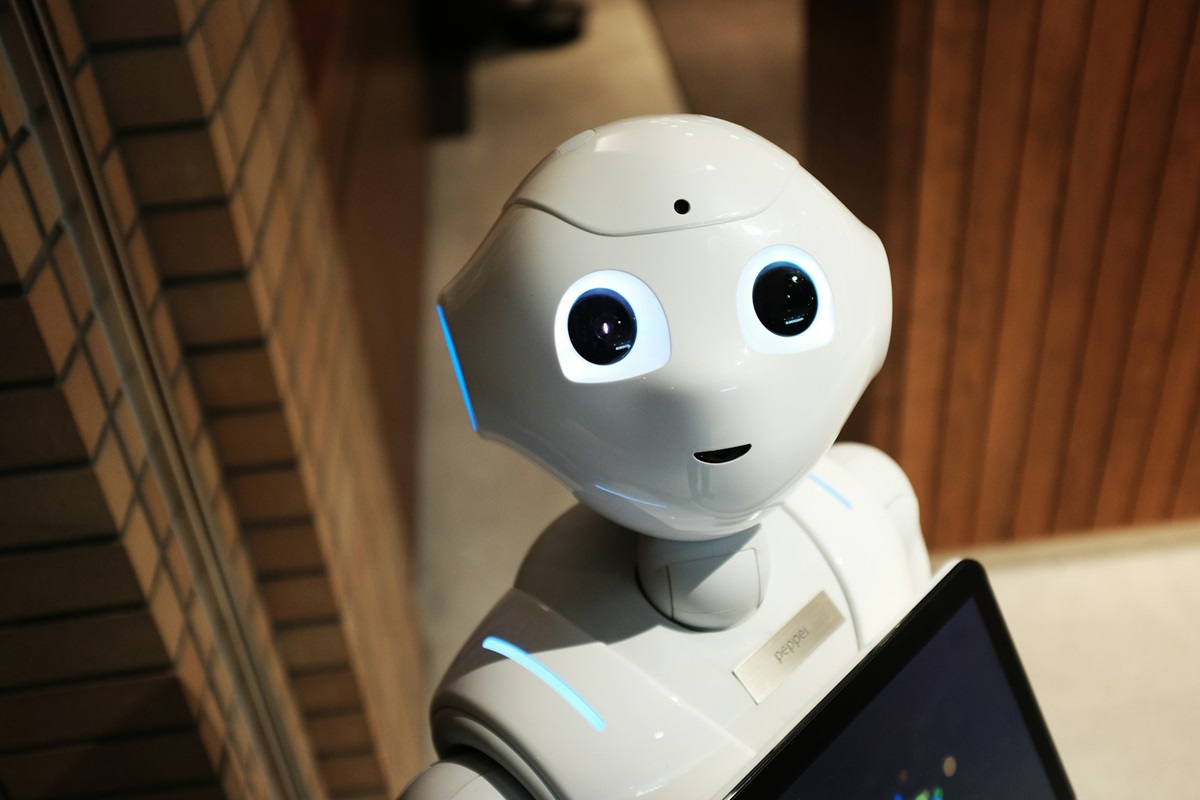The media reports that the startup Physical Intelligence, which operates in the area of robotics, was able to raise $400 million in early-stage funding.

According to information that was published by journalists last Monday, November 4, with reference to PitchBook data, Amazon founder Jeff Bezos and OpenAI participated in the mentioned funding round. Currently, the startup is evaluated at $2 billion.
Physical Intelligence, according to media reports, is currently seeking to develop software that could function on any robot. The purpose of the corresponding functional solution, which has not yet become what can be described as the final reality in the form of a finished product, is to eliminate the need for elaborating special software to solve individual tasks. It is worth noting that from an economic point of view, such a functional proposal would have good prospects. At the same time, in this case, a potential product is meant, not an existing one.
Last week, the startup published a paper that contained information about how its pi-zero software allows robots to handle tasks such as bagging groceries and folding laundry.
It is worth noting that over the past few years, in the context of the actions of global technology giants, there has been a tendency, which consists in the fact that these companies carry out large-scale financial injections, estimated in billions of dollars, into artificial intelligence. This practice is typical for such technology giants as Microsoft, Google, Meta, Amazon, and Nvidia. According to preliminary forecasts, by the end of the current year, the volume of financing for companies specializing in the development of machine intelligence and cloud technologies in the United States, Europe, and Israel will reach $79.2 billion. The relevant data were released by the venture capital firm Accel.
At the same time, some companies that operate in the space of the artificial intelligence industry and Elon Musk predict that by 2040 there will be at least 10 billion humanoid robots in the world. As part of this vision of the future, it is also noted that the cost of the corresponding machines will range from $20,000 to $25,000.
It is worth mentioning that Tesla has developed a new version of its humanoid robot Optimus. This machine was demonstrated at the Robotaxi presentation at the Warner Brothers studio. As noted by the media, in this case, the content of the event was as consistent as possible with the marketing, but not the technological approach, although the humanoid robot was demonstrated to the public and this fact is not subject to any denial or doubt. At the same time, most of the attention was paid to describing large-scale prospects that have yet to become a realized reality. At the event, a lot of promise was made in the style of what can be conditionally described as ambitious technological futurism. In this case, it implies multiple mentions of future cybervans, cybercabs, and the fully autonomous bipedal robot Optimus. Self-driving cars were also mentioned. These cars are no longer a fantasy or realistic that still not yet a fulfilled prospect of the future. At the same time, there was insufficient detailed information and statements about specific deadlines for the materialization of ambitious technological plans. The company intends to start building a fully autonomous Cybercab by 2026 or 2027 and sell it for less than $30,000. Also, the firm plans to roll out a sister-vehicle robovan that can transport up to 20 people.
The potential and by many perceived as inevitable emergence of humanoid robots as workers on production sites and in stores is a topic of debate among experts in the areas of work and commerce. In the relevant context, the most important question is to what extent these machines will have an impact on people’s employment. In this case, there are concerns about the risks of rising unemployment. At the same time, it is worth noting that such concepts of assessing prospects are generally characteristic of each transition stage in the space of production and other activities. History shows that the introduction of technologies that automate certain workflows and do not require human participation provokes anxious moods. In this context, it is appropriate to mention the example of the Luddites, who in the 19th century were participants in the movement of English textile workers who protested against the use of certain types of automated equipment due to concerns related to the dynamic of wages and product quality.
There is no consensus among experts on the extent of the introduction of robots in certain industries and the nature of the consequences of the corresponding process. Most analysts say that in this case, the integration will be gradual. They don’t expect any quick action. In this context, analysts point out that the process of introducing robots has yet to face obstacles to technology development, workforce adaptation, and customer acceptance.
It is worth noting that companies specializing in robotics, as the main tasks of the corresponding machines are called assembly and customer service.
Ding Zhao, associate professor of mechanical engineering at Carnegie Mellon University, said during a conversation with media representatives that in the context of discussions on the introduction of robots, it is appropriate to mention Henry Ford, who wondered why he gets a whole person if only a pair of hands is needed.
It is worth noting that at present, the prospects for robotics are only what can be described as preliminary opinions about potential probabilities. The very idea of a robot is not something new or revolutionary in terms of conception. At the same time, automation is a process that is gradually developing as a kind of organic component of the movement of the technological evolution of human civilization. A robot as a working tool is something like a peak form of automation implementation. From the point of view of the logic of the mentioned technological evolution, the active and large-scale integration of the specified machines is inevitable, but this is only an assumption.
As we have reported earlier, Amazon Tests Adding Robot Warehouses to Whole Foods.









